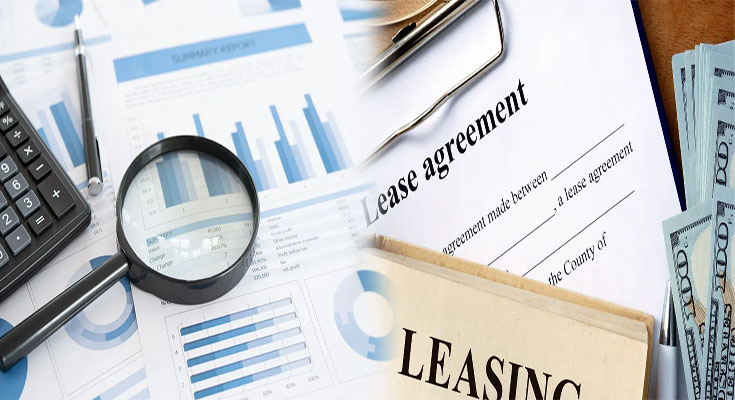
Understanding Depreciation and Interest Expense in Finance Lease Accounting
Finance lease accounting involves various financial principles and considerations, two of the key components being depreciation and interest expense. These elements play a crucial role in determining the financial health of a company and understanding the true costs associated with leasing assets.
Depreciation in Finance Lease Accounting
Depreciation is the gradual decrease in the value of an asset over its useful life. In finance lease accounting, the leased asset is recorded on the lessee’s balance sheet as a tangible asset, along with a corresponding liability for the lease obligation. The leased asset’s value is then systematically reduced over time through depreciation.
Depreciation expense is calculated based on the asset’s useful life and its residual value at the end of the lease term. This allocation of the asset’s cost over its useful life helps to reflect the asset’s true economic value and impacts the company’s profitability and financial statements.

